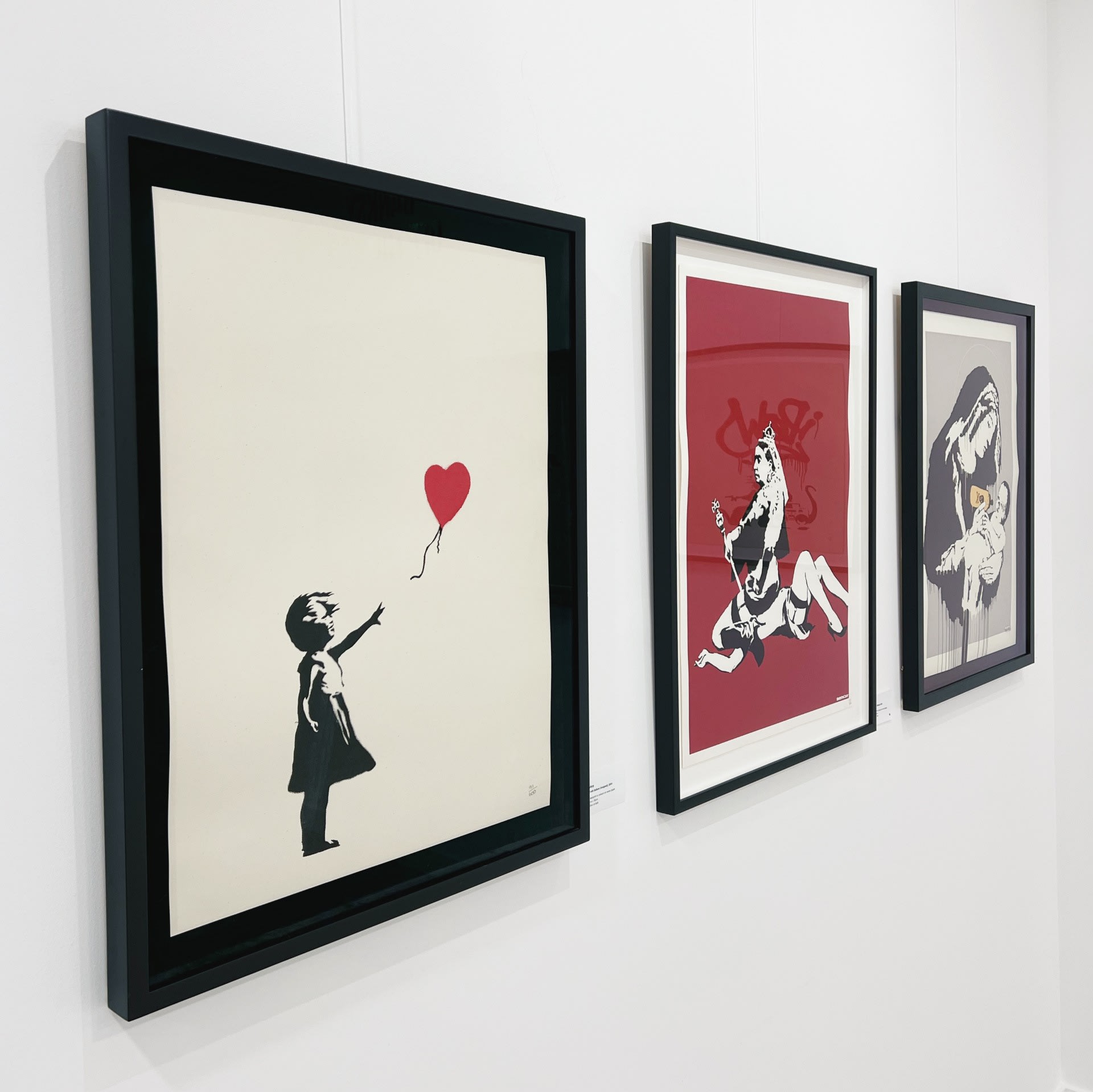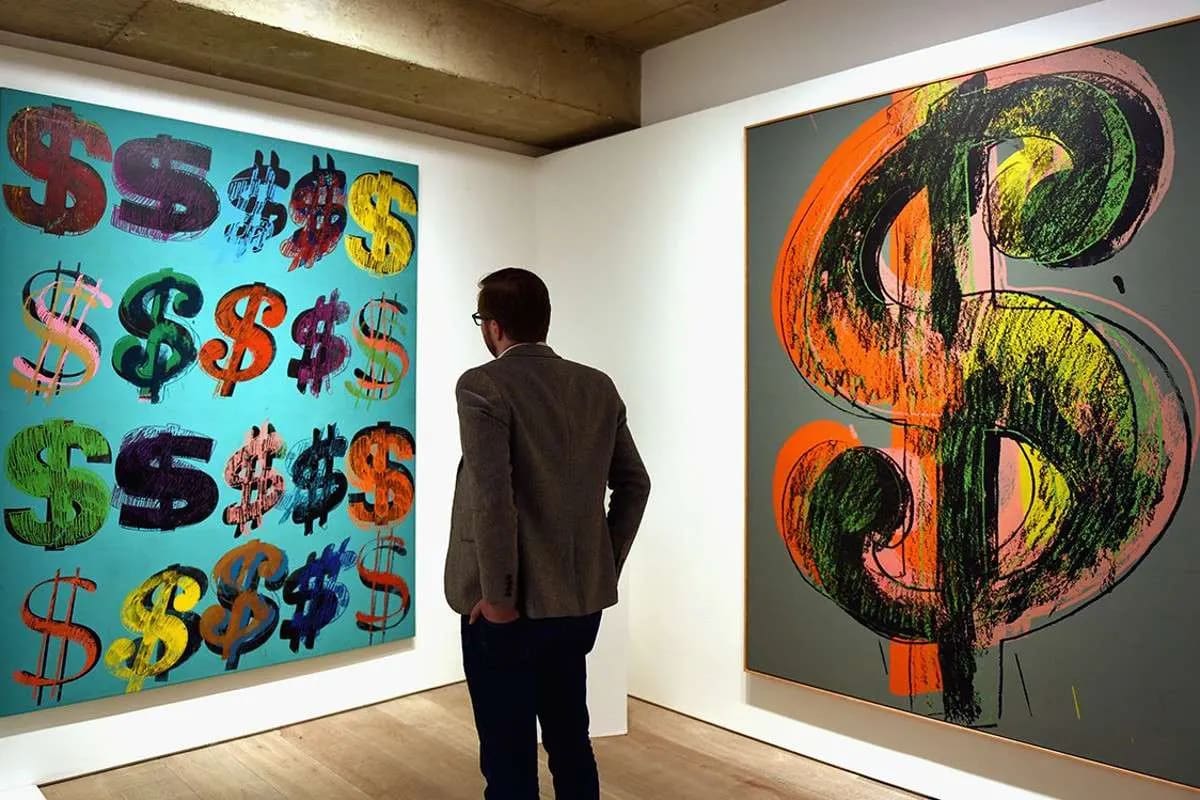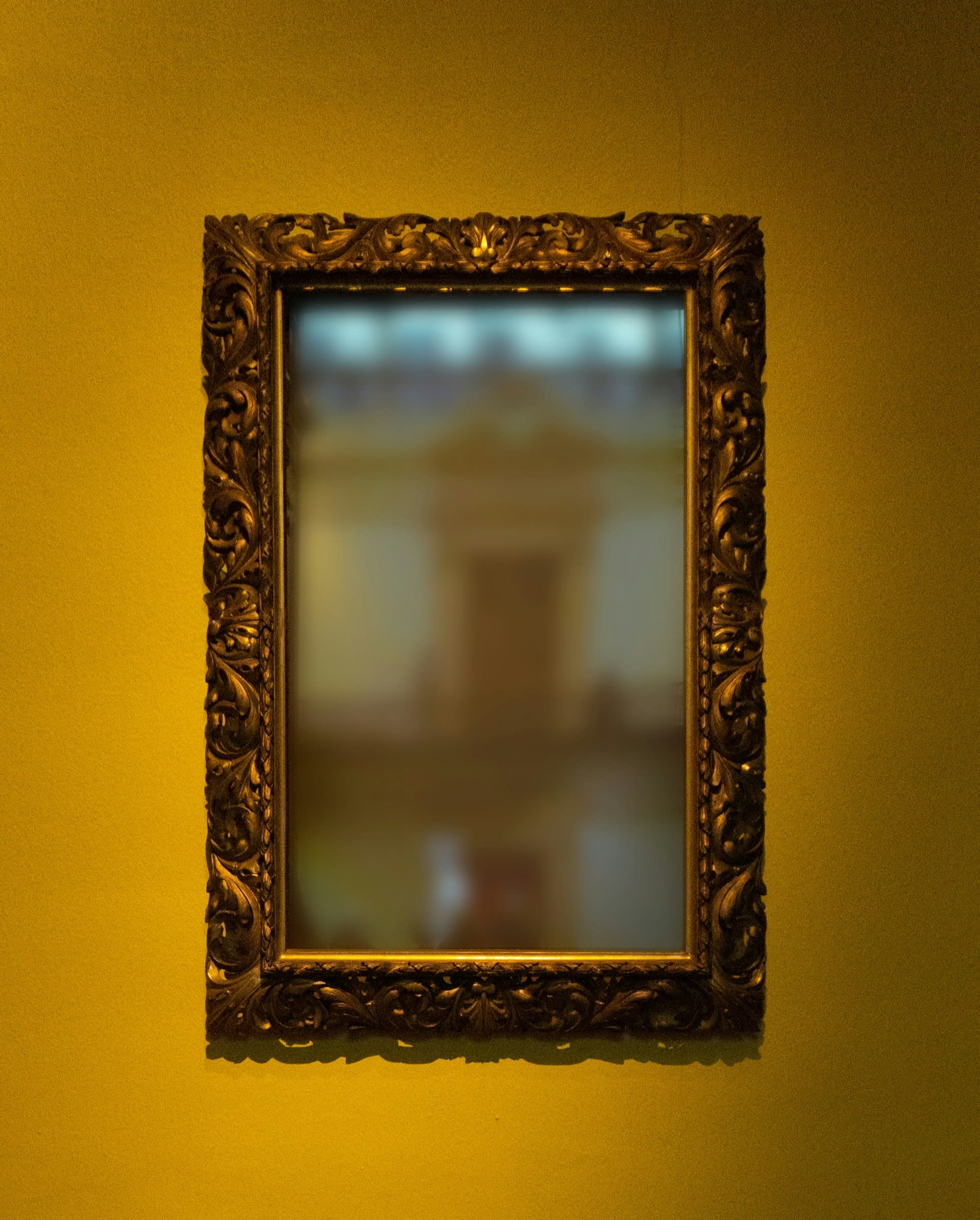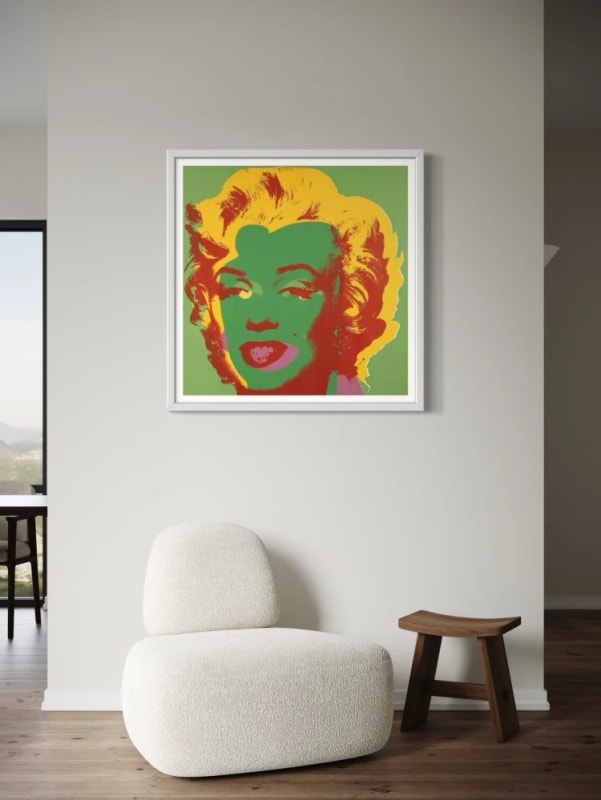Protecting your investment starts with verification and proper care. Here you'll find expert guidance on authentication, provenance, certificates of authenticity, artwork preservation, insurance, and how we ensure every piece meets the highest standards of quality and legitimacy.
Table of contents
Authentication & Provenance
What is art authentication?
Art authentication is the process of verifying the legitimacy of an artwork, confirming that it was indeed created by the artist to whom it is attributed. This involves expert analysis and documentation. Where possible, details of the work and its authenticity should be verified with the artist's estate or studio. In some circumstances there are published records of an artist's work called catalogue raisonnés, illustrated publications with cataloguing details of works the artist has created, serving as highly useful tools for authentication.
Why is provenance important?
Provenance refers to the history of ownership of an artwork. It provides documented history that can prove the authenticity and value of a piece. Provenance can also reveal an artwork's historical significance, its ownership history, and past exhibitions or sales. Strong provenance enhances both the credibility and market value of a work.

How does Calder Contemporary ensure the authenticity of artworks?
We work with reputable experts and use various methods such as artist archives, certificates of authenticity, and scientific analysis to verify the authenticity of artworks. Where possible or when in doubt, we verify authenticity through the artist's studio or, in the case of prints, through the publisher. Each piece is thoroughly vetted before being offered for sale.
What is a certificate of authenticity (COA)?
A certificate of authenticity is official documentation that verifies an artwork's legitimacy. It typically includes details about the work (title, date, medium, edition number), the artist's signature or studio authentication, and information about the publisher or issuing authority. COAs are essential for establishing and maintaining an artwork's value.
What is a catalogue raisonné?
A catalogue raisonné is a comprehensive, scholarly publication documenting all known works by an artist. It typically includes detailed information about each work, illustrations, provenance, exhibition history, and literature references. For collectors, catalogue raisonnés serve as authoritative references for authentication and research.
Can I verify the provenance of an artwork myself?
Whilst we provide comprehensive provenance documentation, we encourage buyers to conduct their own research and consult with independent experts if they wish to further verify an artwork's history. Transparency is central to our approach.
How does Calder Contemporary handle artworks with incomplete provenance?
In cases where provenance is incomplete, we disclose all available information and work with experts to provide as much context as possible. We prioritise transparency and integrity in all our sales. It is fairly common that older works have broken provenance; this does not mean they can't be authenticated, it just requires additional verification work. Usually if a work can be traced back to a reputable sale or auction house, this facilitates the authentication process.
What should I do if I doubt the authenticity of an artwork I purchased?
If you have any concerns about the authenticity of an artwork purchased from us, please contact us immediately. We are committed to resolving such issues and ensuring customer satisfaction. We provide a lifetime guarantee of authenticity (subject to our terms), where it can be demonstrated that a work we have sold is not authentic, we will give a full refund plus any reasonably incurred costs.

What are common authentication red flags I should know about?
Common red flags include:
-
Lack of proper documentation or provenance
-
Prices significantly below market value
-
Reluctance to provide detailed information
-
Absence of certificates of authenticity for editioned works
-
Inconsistent signatures or technical execution
-
Sellers unable to verify through official channels (artist estates, publishers)
Our team helps you navigate these concerns with expert verification before any purchase.
Do you work with artist estates and foundations?
Yes, where applicable we verify authenticity through official channels including artist estates, foundations, and authentication committees. For example, works by artists like Roy Lichtenstein are verified through the Roy Lichtenstein Foundation and catalogue raisonné.
Care & Conservation
How should I care for my artwork?
Proper care ensures your artwork maintains its condition and value over time. Key preservation practices include maintaining stable temperature and humidity conditions, keeping works away from direct sunlight and UV exposure, handling pieces with clean hands or cotton gloves, and avoiding proximity to food, drink, and environmental pollutants. When handling artworks, ensure accessories such as watches or jewellery are removed before handling as they can snag or scratch the paint surface, and always carry paintings with two hands from the sides of the frame or stretcher.
For works on paper specifically, protection from fluctuating humidity and light exposure is particularly crucial. We recommend consulting with professional conservators for specific care recommendations based on your artwork's medium and condition. Regular professional inspection helps identify potential issues before they become serious problems.
Do you offer framing services?
Whilst we don't provide framing services directly, we're happy to refer you to specialist framers we work with who understand the unique requirements of contemporary art. Proper framing is crucial for preserving your artwork's condition and value, particularly for works on paper that require acid-free materials and UV-protective glass. Contact our team for trusted framer recommendations suited to your specific artwork.

Should prints be framed with UV-protective glass?
Yes, works on paper should be mounted behind acid-free materials and protective UV-resistant glass to maintain their condition and value. This is a crucial preservation measure for long-term collection care.
Do you provide conservation or restoration services?
Whilst we don't provide conservation or restoration services directly, we're happy to refer you to professionally trained, qualified conservators for any restoration needs. Contact our team for trusted conservator recommendations suited to your specific artwork and conservation requirements.
How should I insure my artwork?
Standard home insurance typically has limits of £1,500 to £2,500 per item, which is insufficient for most contemporary artworks. We strongly recommend specialist art insurance that provides comprehensive coverage tailored to your collection's value.
Quality art insurance should protect against theft (including theft by deception or during transportation), accidental damage, fire, flood, water damage, transportation damage during moves or loans to galleries, and depreciation in value if part of a pair or set is damaged.
Professional valuations should be conducted every 3 to 5 years, or more frequently for contemporary art, as this may be a requirement for your insurance. Many specialist policies offer automatic additions cover, meaning newly purchased works are covered for a period (typically 60 days) under your existing policy.
UK-based specialist art insurers include Hiscox, which provides art insurance as part of their home insurance with £10,000 standard cover, and specialist providers like Love Art Insurance from Brownhill Insurance Group. We recommend consulting with a specialist art insurance broker who can tailor coverage to your collection's specific needs.
